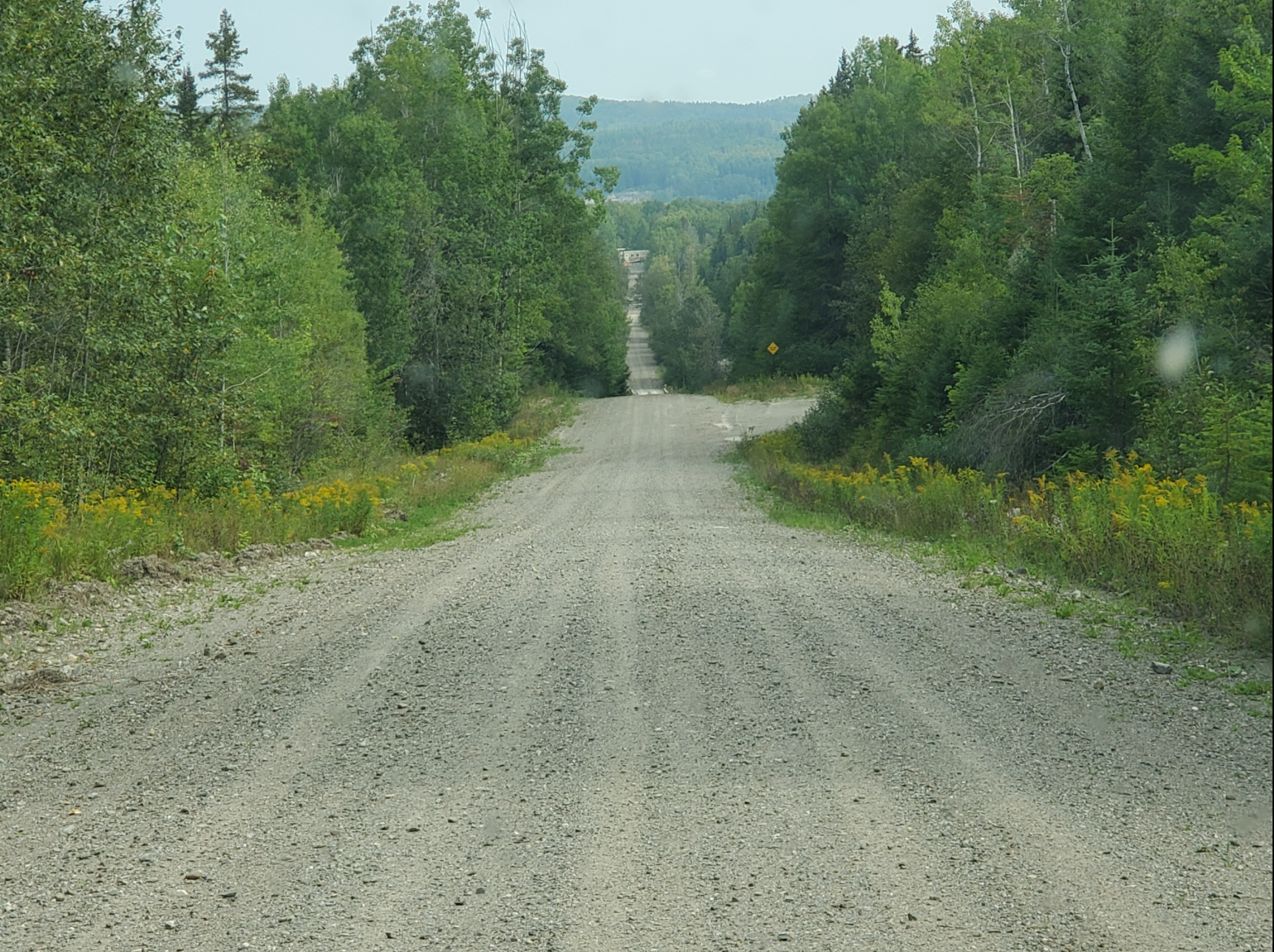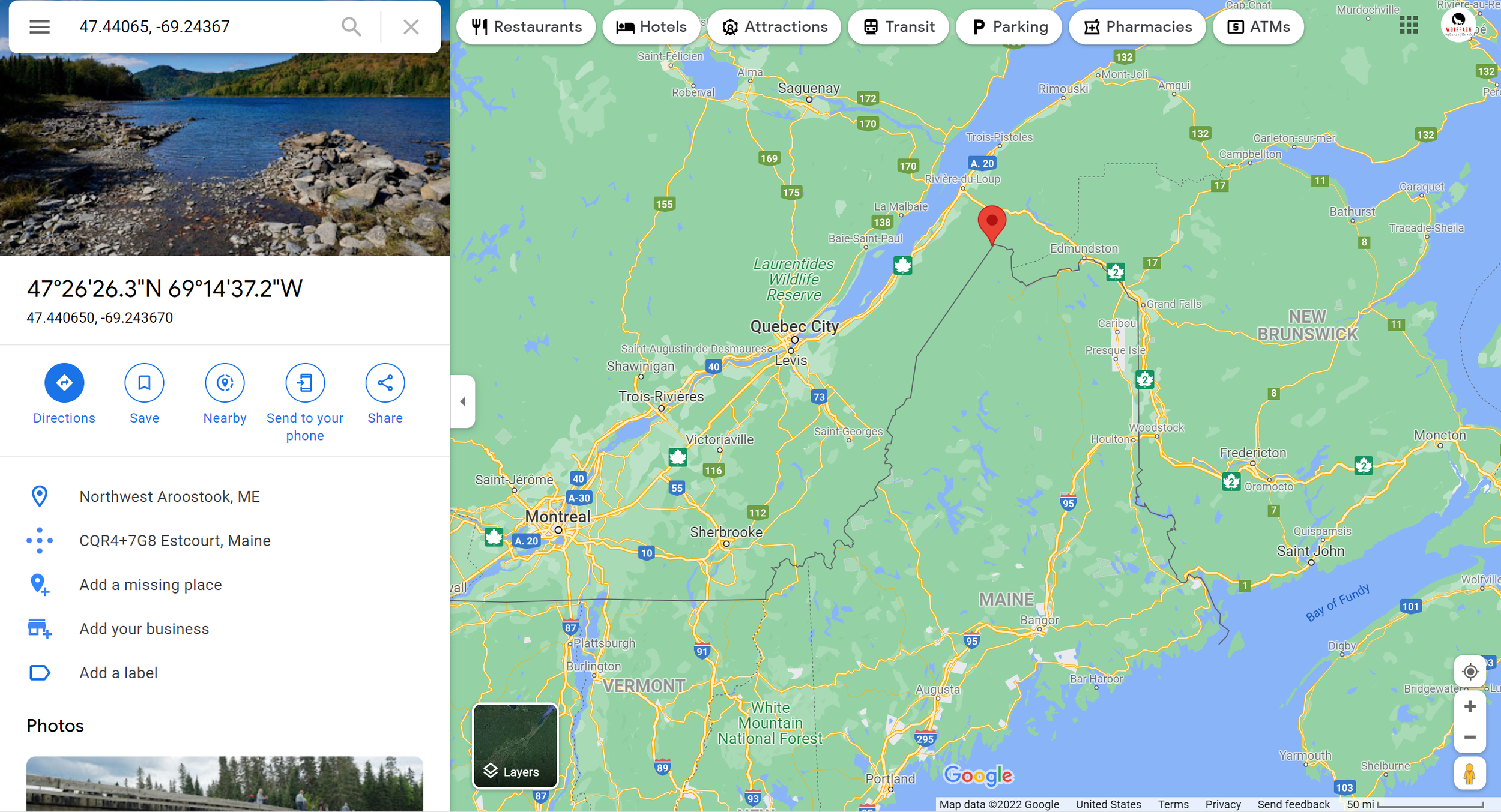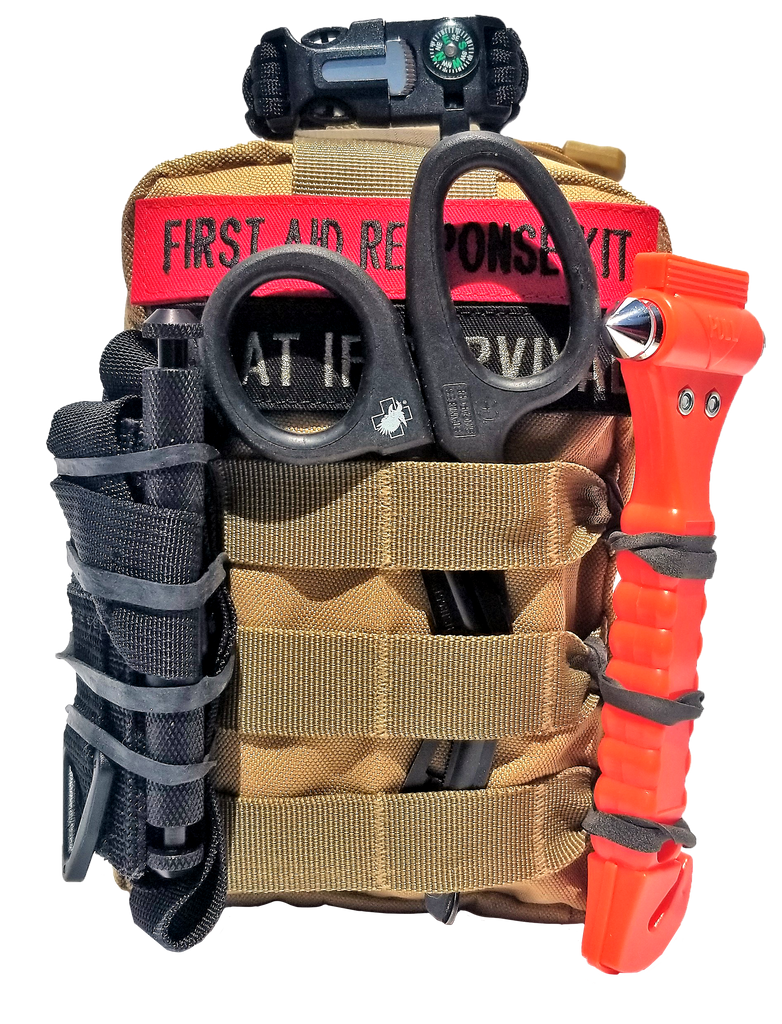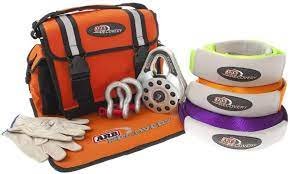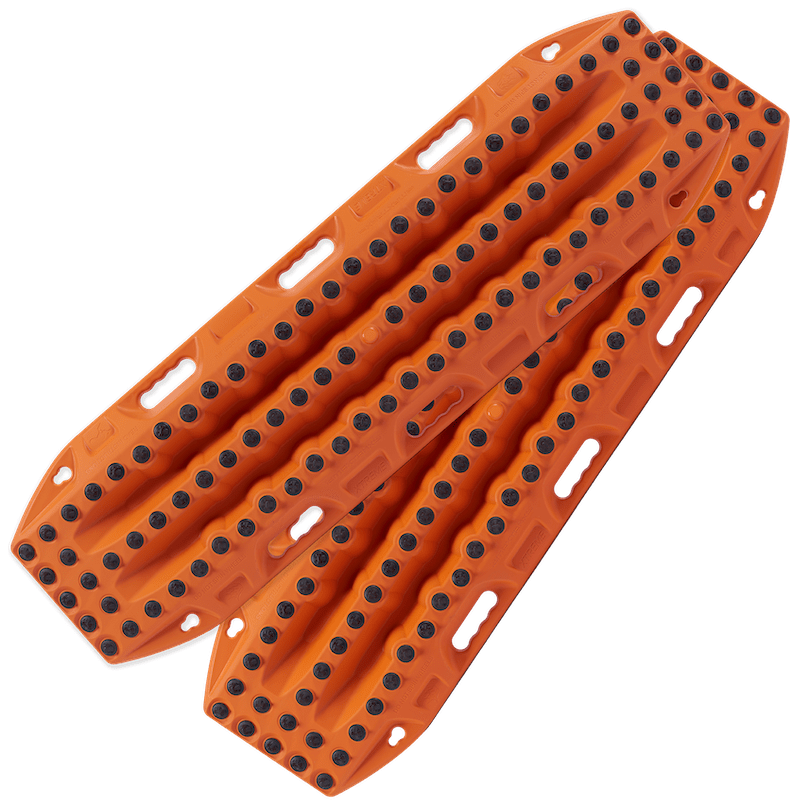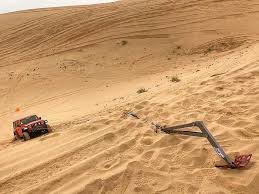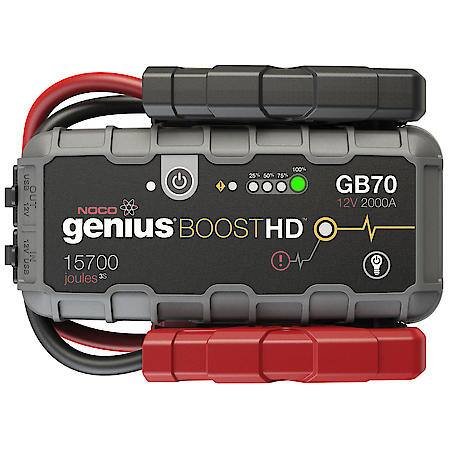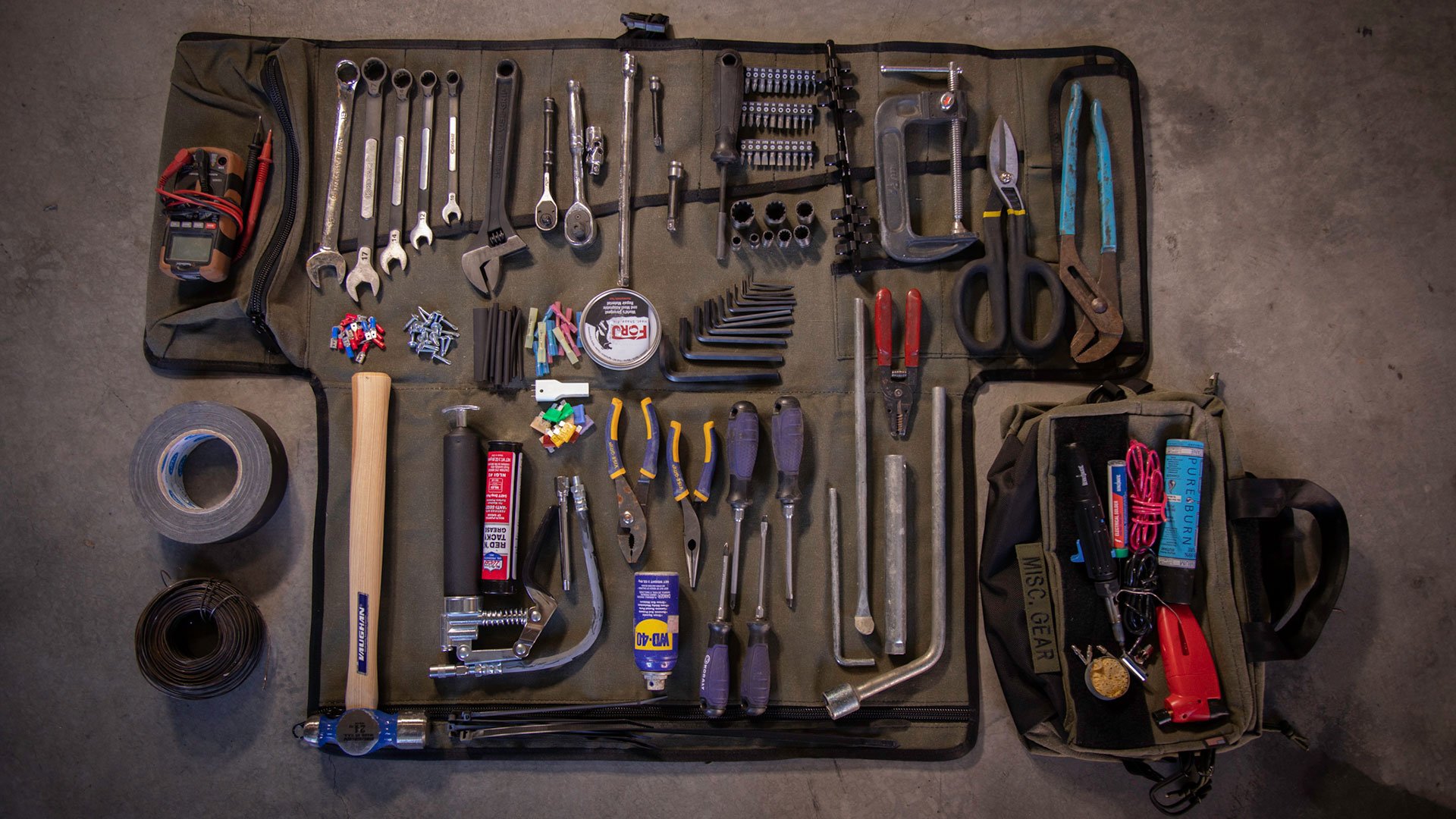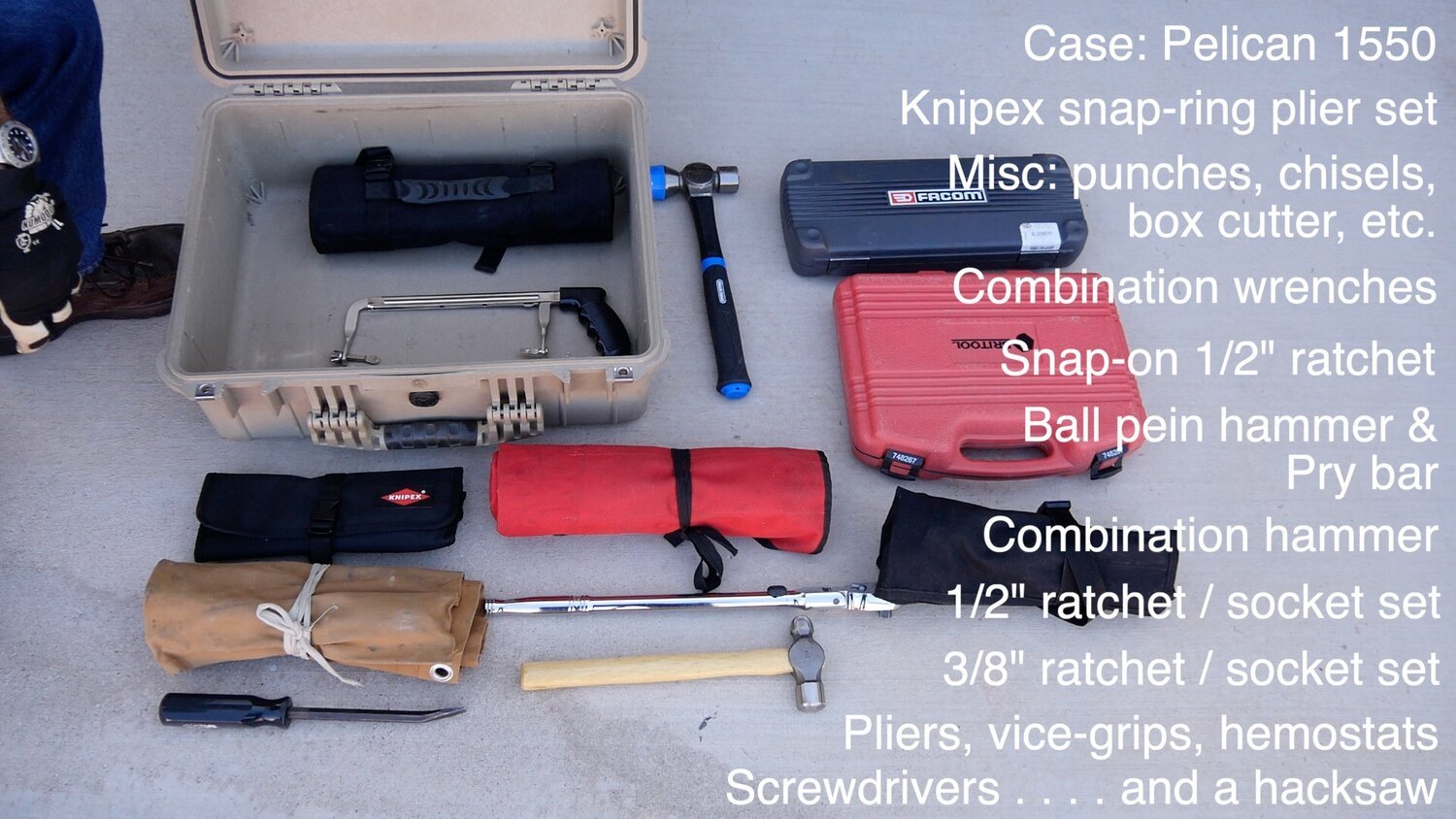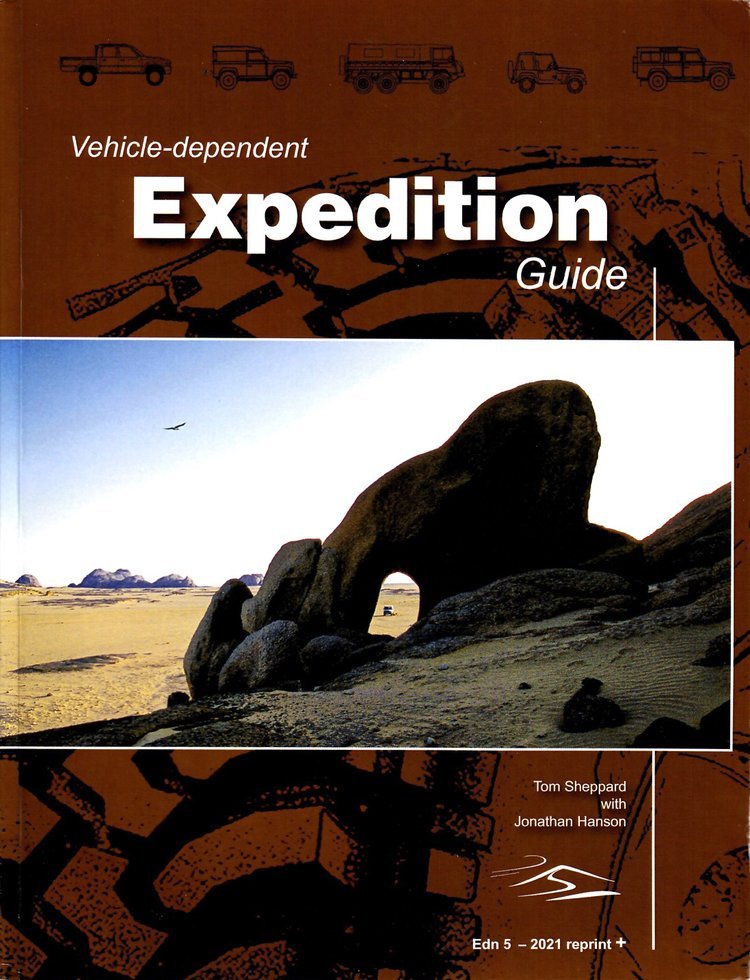Overlanding And The Boy Scout Motto
There is a lot of talk in the overland community about being prepared. On one hand, you have a lot of people looking like they are waiting for armageddon and are prepared for any situation possible. A lot of people think it is unnecessary and we often agree. They are either want-to-be’s that just go to the mall, or are real overlanders but travel in packs. While it would be ignorant to not be prepared, there is safety in numbers, you have insurance as one of your travel partners could always go for help or you could just hitch a ride to go get help.
We are on the other end of the spectrum, we travel solo, and to locations that are more remote the better. If you read our post, Exploring The North Maine Woods, or our Complete Guide To The North Maine Woods, you now know where we overland, and how important feel it is to be prepared. If you still aren’t sure how remote we go check the view of Canada:
At the end of this road is the Estcourt Checkpoint into Canada. The hills in the top of the picture are in Canada. The waypoint in the map below is where this picture was taken. Other than the end of this road, you can’t go any further North in Maine. It is out there!
The North Maine Woods (NMW) is massive, and most of it is extremely remote. There is no cell signal. Assume that you are on your own. Many of the major roads like the Golden Road, Realty Road, and Telos Road see significant traffic, but the further you get from these roads the quieter it gets. You may not see people for days. This doesn’t mean that this post is only applicable to the NMW, but it will serve as a solid example for our message.
Many people in the offroad community believe that you should never go offroading or Overlanding on your own. It is like their golden rule. We aren’t one of them obviously, and It’s not just us, there are other overlanders that follow a similar model. You can too, but the point is that you better be prepared, and expect to count only on yourselves.
So what do we mean by being prepared?
It’s Up To You
Don’t go out there and expect someone else to save you. First, it is the right thing to do. Second, you might be the only one who can save you. So be ready.
Medical
Medical comes first as it is most important. Even if you could call for help, they might not be able to make it to you in time. Make sure to carry a comprehensive medical kit. There are many good ones out there but our kit of choice is the What If Survival First Aid Response Kit. It is a fully comprehensive kit that was tested and approved by paramedics, EMTs, firefighters, and Special Forces Medics. We chose the premium kit. It also won the Editor’s Choice Award in the Overland Journal Medical Kit Review.
And just as importantly make sure that you know how to use it, and while the kit does help with minor cuts, scrapes, and burns, it is the significant injuries that you need to be prepared for. One key item to make sure that you have is a tourniquet as you or someone in your party could bleed out before help arrives. Heart attacks, strokes, and broken bones are also key issues that you should be ready to deal with.
We highly recommend a first aid course, and if possible a Wilderness First Aid or Wilderness First Responder Course. There are many organizations all across the country that offer these courses. We have not taken our Wilderness First Aid course yet, but will prior to our official departure. Once you get your Wilderness First Aid certification you can then work on getting your Wilderness First Responder certification. These are not short one-hour courses, but rather multi-day comprehensive courses.
Vehicle Recovery
Vehicle recovery is the most likely situation that you will need to deal with in the backcountry. This is one of the hottest areas of debate for overlanders, how much vehicle recovery gear do you need to carry. Some people say that all you need is a shovel, jack, and to air down your tires. Some say just carry a shovel and strap since you travel with other people. Ultimately it is a personal decision, but to me, the answer is just enough to meet your needs.
We do carry a shovel, jack, and compressor to air down, but we also carry a lot more. We travel remote, alone, and don’t shy away from challenging trails. So we also have a front-mounted Comeup winch and carry a full recovery kit (tree saver strap, Extreme Duty Tow Strap, and Extreme Duty Soft Shackles). We also carry a couple of D-shackles as a backup but our preference is soft shackles. We don’t often use our winch, but when we use it, we really need it, and it has saved our bacon multiple times.
We also carry four Maxtrax Vehicle Recovery Boards. These are often easier to use when stuck in sand, snow, or mud. While there are many brands, Maxtrax is the original and still the best and most durable.
One piece of recovery gear that we don’t have but we plan to get is a Pull-Pal Ground Anchor. We depend heavily on our winch, when you need one there isn’t much else that could serve the purpose. But what if you don’t have a tree, large rock, or another object to winch off of? That is where a Pull-pal comes in, it acts like an anchor point in dirt, sand, mud, or snow.
We have a relevant story here. Years ago when we were living in Colorado we got stuck above the tree line on the top of a very high mountain. There was still some deep snow on the inside of the road that forced us to the outside edge. It was all loose rock and shale and we started to slide off the side. We were at such an extreme angle that we were afraid that we would role. We had a winch but there was nothing to winch to. I tried some of the rocks but they were too small. In the end, we did end up rolling and totaling the Jeep but thankfully we were not in it. Ever since this day I promised that we would add a Pull Pal. We still haven’t but I will before we leave on our big trip.
As you can see in the picture our winch line was out, we just didn’t have anything to anchor to.
As always, make sure you know what you are doing BEFORE you are in the situation. Recovery situations can be very dangerous. Winching specifically can be very dangerous, if you get one make sure to learn how to use one properly.
Navigation
So you want to head into the unknown? You better know where you are going, seriously. It is always a good idea to study the area before you visit. Research the roads. Where is there access to gas stations? How about food? What are your options for camping and where are they located?
If you use a vehicle-based GPS system or phone-based app make sure to download the data for the area that you will be visiting before you go. If it’s remote then most likely won’t have access to a cell signal and won’t be able to download map data. We are huge fans of Gaia GPS. But there are other popular apps like OnX, or physical GPS units like the Garmin Overlander. One of the benefits of the Overlander is that all map data comes pre-downloaded.
We use Gaia first to research our planned location, pre-plan our routes, and find interesting roads and areas to explore. We then make sure to download the necessary map data before we depart. If we decide to run a tablet as well on that trip we download the data to our phone and tablet as a backup. We also use Gaia to record waypoints and tracks while we are out exploring. Not only are they useful for future use, you can also use them to backtrack your way back out.
As a further backup we also always carry paper maps as well. For the North Maine Woods, that would be the Maine Atlas and Gazetteer. Twice our GPS app has failed while in the field and the paper atlas has come in extremely handy.
Gaia is our preferred GPS app for backcountry navigation
Vehicle Repair
While less likely, a vehicle breakdown can be a major issue when it happens. There also happen to be multiple types of breakdowns, with some being more severe than others.
Flat Tire
A flat tire is THE most likely issue that you will encounter. It seems straightforward and obvious but make sure that you have a high-quality full-size spare and carry a jack and lug wrench. You would be surprised how often this isn’t the case.
We also carry an ARB Spare Tire Repair Kit as a further backup. In the rare chance that we have two flats, we can try and repair them as long as the damage isn’t on the sidewall.
Dead Battery
A dead battery is probably the second most likely issue that you will encounter. We run a dual battery kit in our Jeep, that isolates all non-vehicle-specific systems to the auxiliary battery. Also if the main battery does happen to die, you can jump it from the other battery. Even with that we still carry a Noco Micro-Starter. While it is never a bad idea to carry jumper cables, a micro-starter is more valuable as you will often be alone and in that case jumper cables won’t do you much good.
Vehicle Breakdown
You also should be prepared to handle at least some level of vehicle background. That means that you need to carry a comprehensive tool kit (we will cover the details of our tool kit in another post), and some spare parts, at a minimum some common nuts and bolts. This also means that you need to know your vehicle and at least how to do basic maintenance.
This is the benefit of doing your own vehicle maintenance and upgrades. I know what things should look like, and how to take most things apart and put them back together. A couple of weeks ago while driving my wife to work I had massive grinding noise come from under the Jeep. At first, I couldn’t find the issue so I called AAA. While waiting I finally found that the front driveshaft had jumped out of the transfer case. AAA ended up taking over two hours. I got so mad that I got my tools and went under the Jeep and removed it myself and drove home. I knew that I could drive without a front driveshaft, in 2WD at least. While not urgent on the side of a busy road, you can imagine how important this would be in the backcountry.
With that said, the best option is to ensure that you keep your vehicle in good working condition. When you find an issue, fix it, don’t wait. You know your vehicle, trust your gut, if something feels wrong it most likely is. If you can’t fix it yourself have it checked out by an expert.
Have a Backup Plan
While you should always be prepared to be self-sufficient, always have a backup plan and be prepared to call for help when you need it.
We always carry a Garmin inReach Mini with us wherever we go. The inReach is a satellite messenger that has an SOS function that will summon help to your exact location whenever you hit the SOS button. It works off of satellite networks and doesn’t require a cell signal. It also allows you to send text messages to other cell phones or post to Facebook. This allows you to communicate with friends and family to let them know you are OK or when you need help.
While you can always carry a satellite phone, we have never felt it necessary. With the inReach, help is there whenever you need it, literally at the push of a button.
I Will Survive
Even if you are not in a direct life-threatening situation, you still need to be able to survive until help arrives. Make sure that you have extra food and water for all people and animals in your party. Also keep warm clothes in the vehicle even in summer, as it can get cold quickly and you will be happy that you have them when you really need them. Be ready to comfortably wait as long as needed in order for help to arrive.
But a time might also come when you will need to self-rescue. Maybe you are not able to reach help and are in an area where people are not likely to stumble on you. We always carry a go-bag, a day pack that always has a first aid kit, food, and basic survival equipment in it. We always keep it in easy reach, in case of a quick emergency like a vehicle fire.
Also, make sure to always tell someone where you are going and for how long. Whenever we go out we tell our Mother-in-law where we are going, how long we will be gone, and when to call the forest service if we don’t return by then.
The Boy Scout Motto
The boy scouts have it right, always be prepared. We don’t want to sound paranoid. We don’t think about possible issues all the time, on the contrary, we forget that most of these items are there until you need them. But when something does happen make sure that you are ready.
If this is too much for you then that tells you something in itself, maybe going remote solo is not for you. But if you want to, go for it! Just be prepared. While this is a somewhat comprehensive overview, I encourage you to do your own research.
I also highly recommend that you read the Bible when it comes to this topic, the Vehicle-Dependent Expedition Guide. This is written by two legends in the overland world, and they are two people that I have the utmost respect for.

